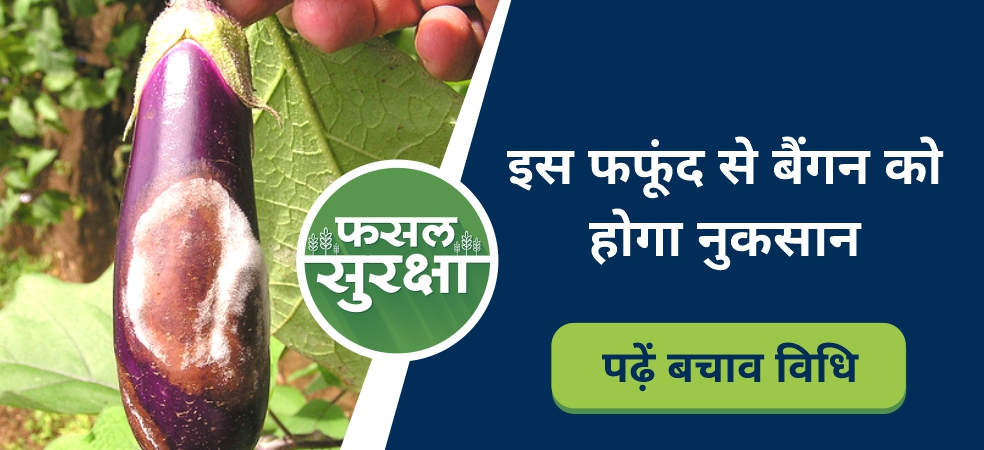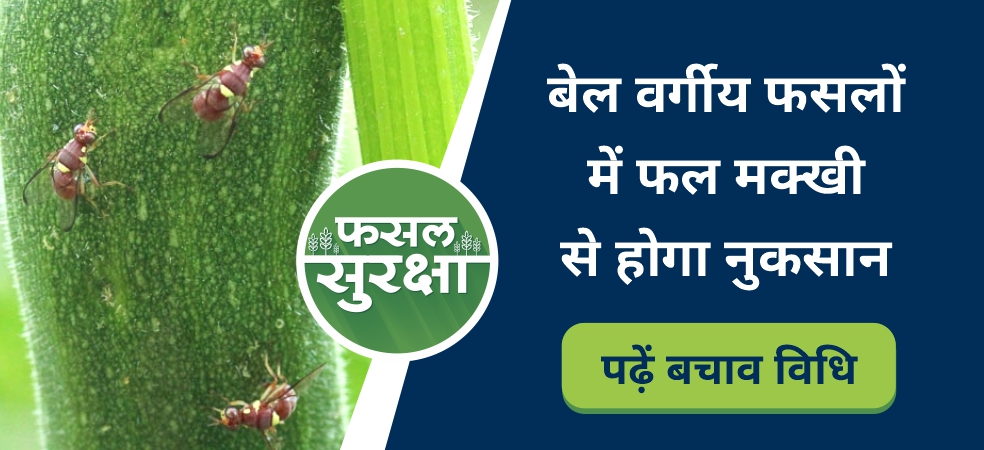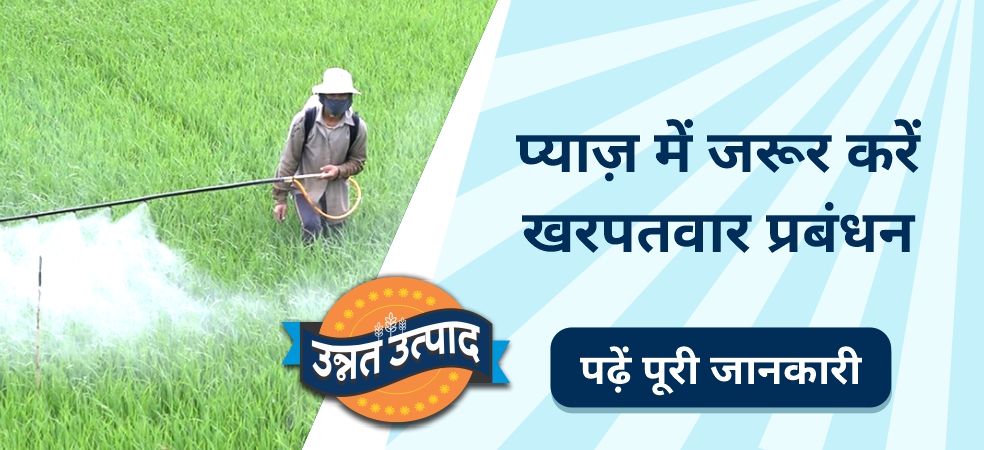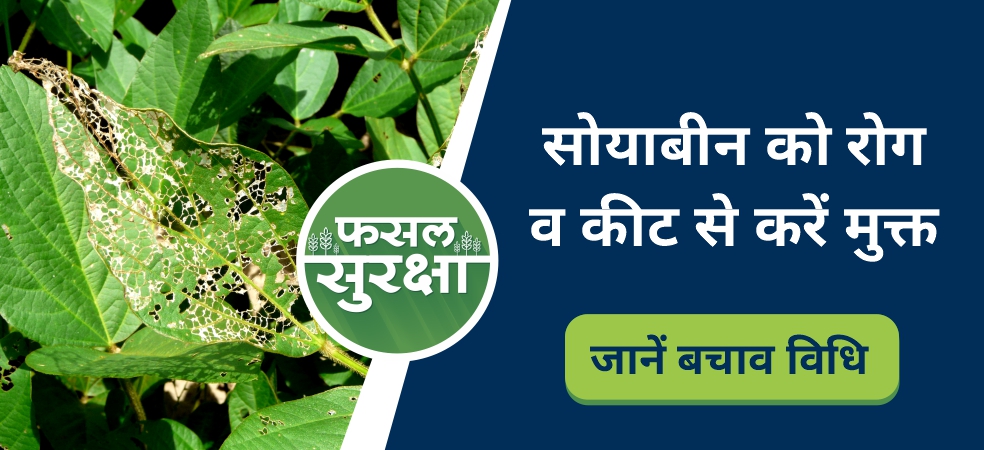Few people would know about Kulfa plant. This plant is used as medicine. Due to a lack of knowledge of this fact, till now the farmers were considering it a weed. However, as soon as the medicinal properties of Kulfa are known, it is now being cultivated commercially.
Treasure trove of medicinal properties
Kulfa has been placed in the list of medicinal plants. According to experts, antioxidants and carotenoids are found in abundance in its leaves and fruits, which are very beneficial for the body. For this reason, it is in great demand in the medical field. In such a situation, good income can be earned through the cultivation of Kulfa.
Choosing the right soil and season for farming
Kulfa can be cultivated in any type of soil. It is good to cultivate it in July and August i.e. monsoon season. Let us tell that a warm climate is considered most favourable for its cultivation because its plants die in cold weather.
Talking about cultivation, its crop is ready for harvesting after 4 to 6 weeks of planting seeds. Due to being a mine of medicinal properties, Kulfa is sold in the market at great prices. On the other hand, pharmaceutical companies buy its fruits and leaves from farmers by hand. In such a situation, farmers get good profits in a short time.
Source: Aaj Tak
ShareFor information related to beneficial government schemes related to agriculture and farmers, read the articles of Gramophone daily. Don’t forget to share this article with your friends using the share button below.










